Technology Spill-Over: Impacting Beyond Direct Target Population
Research produces knowledge, which is at the heart of the innovation process, which in turn, is a key driver of productivity improvement, economic growth, and global competitiveness. Unlike most other goods produced, knowledge can be used repeatedly without exhaustion and is often very difficult to exclude others from using it. Knowledge gained through research often “spills over” to benefit others. These spill over technologies make research a potentially powerful engine of growth particularly in countries that are emerging for a long years of civil unrest.
In recent years, the Somali Agriculture Technical Group (SATG) has been contributing new and applicable technologies and practices to improve the productivity of the agriculture and livestock sectors. SATG introduced different production technologies, including the introduction of different fodder species. It has also tested and demonstrated these technologies to farmers, local extension workers, students from local universities and to other stakeholders within the Somali agriculture sector.
Technology Spill-Over Beyond Borders
SATG technologies and improved practices have spread beyond the two Shabelle regions, where most of its activities are concentrated, resulting in Technology Spill-Over (TSO). One of the TSO stories comes from the Hiiraan region, Somalia, where farmers are successfully applying SATG technology and improved practices.
A/Rizaq Arte Ali, Mohamed Hassan Dhaqane and A/Wahab Ahmed Saney are Benadir University students that participated in the SATG field trainings and excursions. During their 2015 holiday, the students decided to go back to Hiiraan and transfer their gained knowledge and technical skills to their community. The students not only took the seeds of Sudan Grass and Dolichos species (provided by SATG) to the region to test them for their suitability on the soil in the area but also demonstrated the production techniques to the farmers.
During 2015 holidays season, the students decided to go to Hiiraan and transfer their gained knowledge.
The students choose four villages and requested the village elders/committee to provide plots at no cost to carry out the testing of the new technologies.
Applying SATG improved practices and technologies, the students performed field tests including emergence and growth tests. From their field tests, it was clear the two grasses (Sudan and Dolichos) perform well on the Loamy soils even when no fertilizers were applied.
With the support of an NGO called BRCIS, the students held a workshop for the farmers to discuss and the economic benefits of growing these grasses for the farming communities.
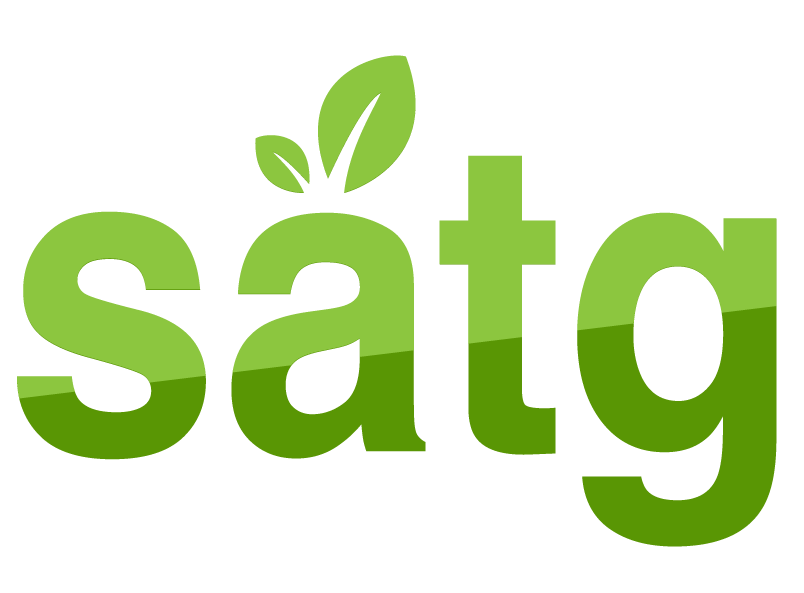
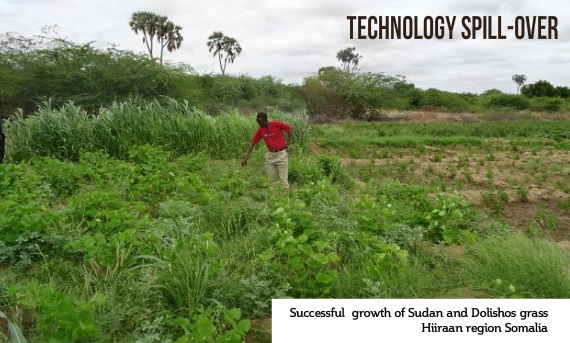
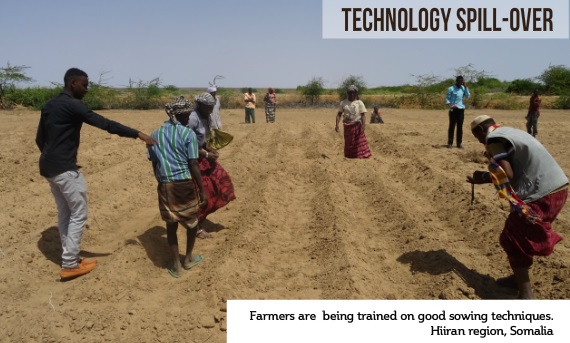
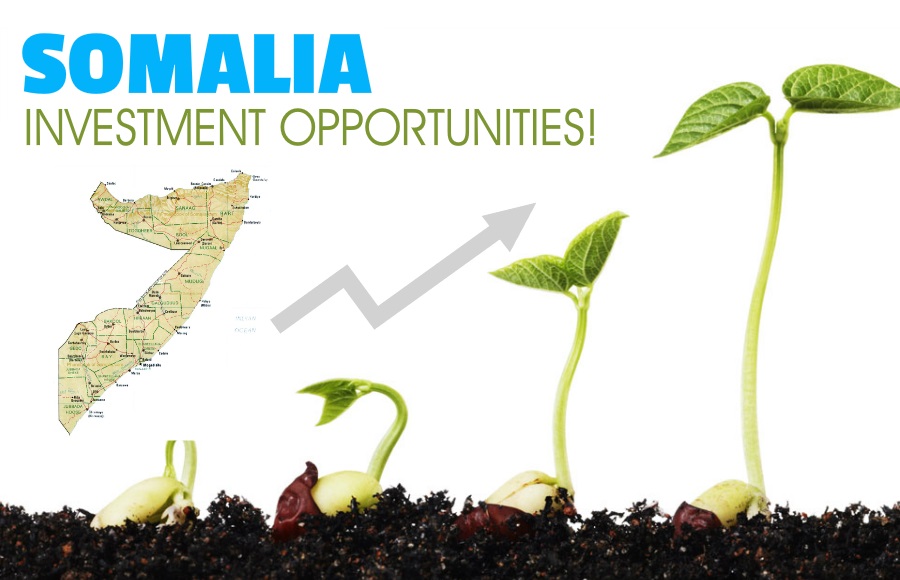
![Can Somalia Feed Itself? [Video]](https://satg.org/wp-content/uploads/2016/03/Dr.Hussein_Can_Somalia_feed_itself.jpg)
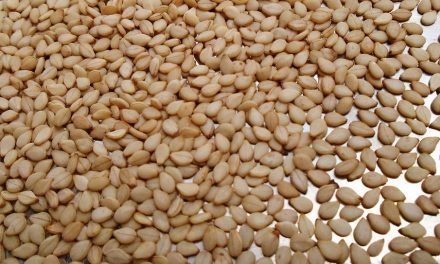

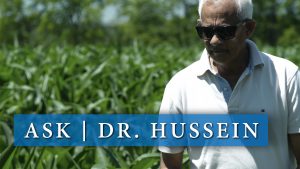
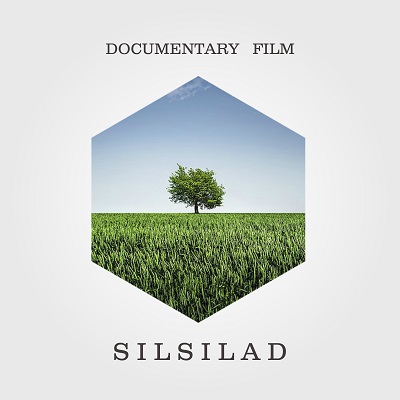

Recent Comments